

The Riddle of Lumen(1972)
“The Riddle of Lumen” presents an evenly paced sequence of images, which seem to follow an elusive logic. As in “Zorns Lemma” the viewer is called upon to recognize or invent a principle of association linking each shot with its predecessor. However, here the connection is nonverbal. A similarity, or an antithesis, of color, shape, saturation, movement, composition, or depth links one shot to another. A telling negative moment occurs in the film when we see a child studying a didactic reader in which simply represented objects are coupled with their monosyllabic names in alphabetical order. –P. Adams Sitney. Preserved by the Academy Film Archive in 2007.
Movie: The Riddle of Lumen

The Riddle of Lumen
HomePage
Overview
“The Riddle of Lumen” presents an evenly paced sequence of images, which seem to follow an elusive logic. As in “Zorns Lemma” the viewer is called upon to recognize or invent a principle of association linking each shot with its predecessor. However, here the connection is nonverbal. A similarity, or an antithesis, of color, shape, saturation, movement, composition, or depth links one shot to another. A telling negative moment occurs in the film when we see a child studying a didactic reader in which simply represented objects are coupled with their monosyllabic names in alphabetical order. –P. Adams Sitney. Preserved by the Academy Film Archive in 2007.
Release Date
1972-11-10
Average
5.5
Rating:
2.8 startsTagline
Genres
Languages:
No Language
Recommendations Movies
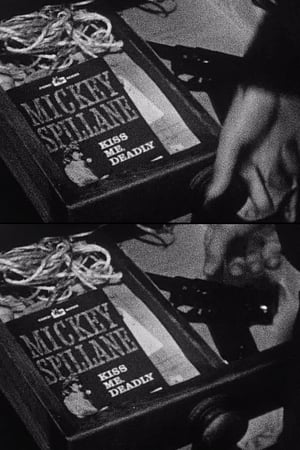 8.5
8.5Breakout(en)
Breakout is an unfinished film and, unusually for Keen, contains a loose narrative. It presents the story of a young man hounded by a large pink Pontiac Continental.
 5.0
5.0God's Soldier(en)
A hard-as-nails nun must take on a rogue agent to protect a child in her care who harbours a special gift. When she is left for dead and her chapel is destroyed, she is given a second chance at life, fighting back in a brutal pursuit for revenge, doing everything in her power to save the chosen girl from a fate worse than death.
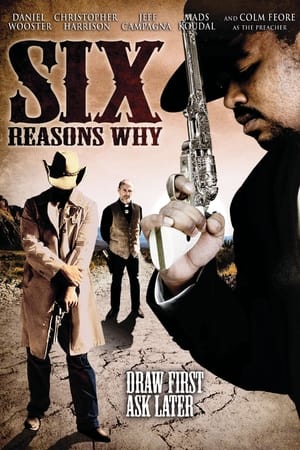 5.2
5.2Six Reasons Why(en)
In a desolate place called the Badlands, four men stand off with guns drawn, their fingers ready at the trigger. Among them are a fugitive seeking redemption, a son out to avenge his father's murder, a loyal servant with a secret and a murderous criminal hired to kill with a vengeance. This is their story...in a place where revenge, deception and cruelty are a way of life.
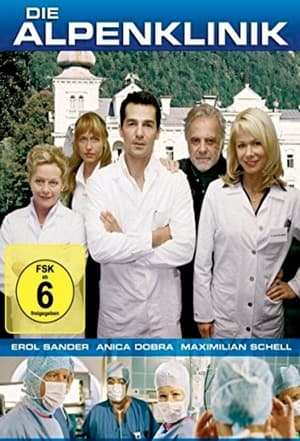 3.0
3.0Die Alpenklinik(de)
After an alleged malpractice that led to the death of his brother, heart surgeon Daniel Guth took the consequences: he gave up his beloved job and retreated into the solitude of nature. At his place of refuge, the Salzburg mountains, the heiress to a private clinic is desperately looking for a capable chief physician. Daniel declines the post, although he finds the woman attractive. When a boy is seriously injured in a bus accident, he is confronted with his trauma again.
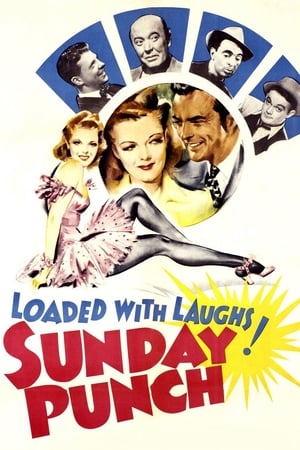 5.0
5.0Sunday Punch(en)
Ma Galestrum (Connie Gilchrist) is a boardinghouse owner whose tenants are a group of aspiring boxers. When her young niece, Judy (Jean Rogers), comes to stay for a visit, college dropout Ken Burke (William Lundigan) and Swedish janitor Ole (Dan Dailey Jr.) immediately fall for her charms. Ken considers going back to college for Judy, but his fight promoter is less than thrilled with this idea. Meanwhile, Ole is determined to meet Ken in the ring to vie for Judy's heart.
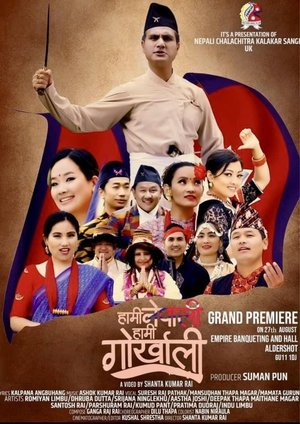 9.5
9.5Hami Nepali Hami Gorkhali(en)
Hami Nepali Hami Gorkhali is a Nepali music video story about Gurkha people
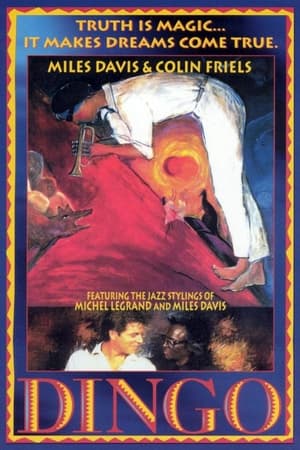 5.4
5.4Dingo(en)
Young John Anderson is captivated by jazz musician Billy Cross when he performs on the remote airstrip of his Western Australian outback hometown after his plane is diverted. Years later, now a family man and making a meagre living tracking dingoes and playing trumpet in a local band, John still dreams of joining Billy on trumpet and makes a pilgrimage to Paris.
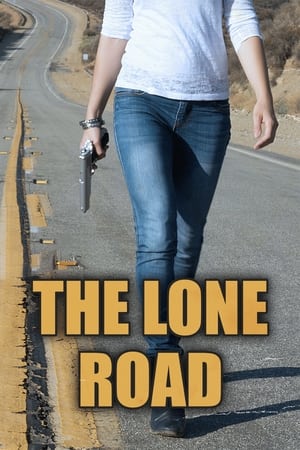 3.0
3.0The Lone Road(en)
"The Lone Road" is a suspense thriller in the vein of "Witness" and "Breakdown". It's the story of a young woman, Elizabeth, who after a couple of personal set backs, takes a mind-cleansing road trip, eventually coming to a remote town where she witnesses a brutal murder by a prominent citizen with a sinister secret. Trapped in the small town, she is pursued by a bunch of crazed killers with the family values of "Texas Chainsaw Massacre! Elizabeth, who once had her whole life ahead of her, now has death hot on her tail.
Robbery Under Arms(en)
Australian bushranger movie. The first filmed version of Rolf Boldrewood's 'Robbery Under Arms' novel.
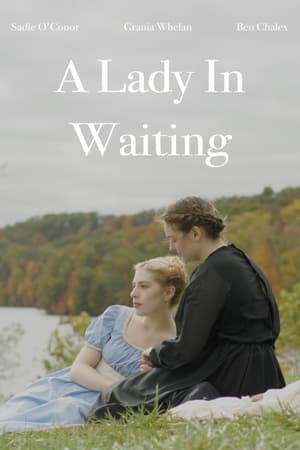 10.0
10.0A Lady In Waiting(en)
A young woman in 1810s England must hide her secret relationship with her maid from her fiancé.
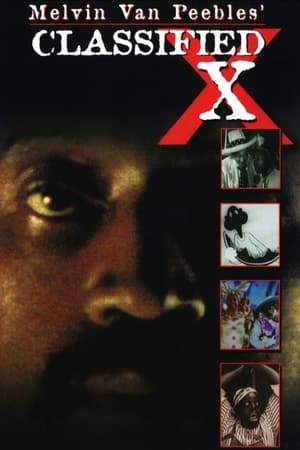 4.5
4.5Classified X(en)
A history of the racially stereotyped portrayal of African Americans in cinema, hosted by film pioneer Melvin Van Peebles.
 0.0
0.0Memory Wars(en)
Can we trust our own memories? An American psychologist with expertise in the brain's ability to make up its own truths takes us into her fascinating field of research.
 5.2
5.2Acı Dünya(tr)
Yusuf, who attacked seven people with a knife in the middle of the street, begins to tell his life story in court. Yusuf, who was orphaned at a young age, has led a painful life due to poverty. Unable to attend school, he resorted to gambling to make a living. The young man, who was constantly subjected to injustice, pushed around, and spent his youth in prisons, saw his every attempt at redemption shattered. The story of an unhappy gambler whose life was spent in prison, and a woman who escaped from a brothel and sought to return to an honorable life.
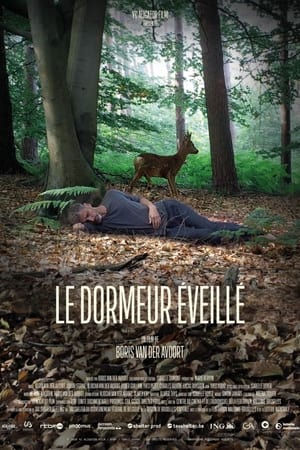 8.0
8.0The Wakeful Sleeper(fr)
B., a film-maker and insomniac, decides to rescue his hours of insomnia from the void by filming his quest for sleep. The insomniac asks questions about these different states of consciousness and about the difficulties humans have in synchronising their social rhythms and biological ones.
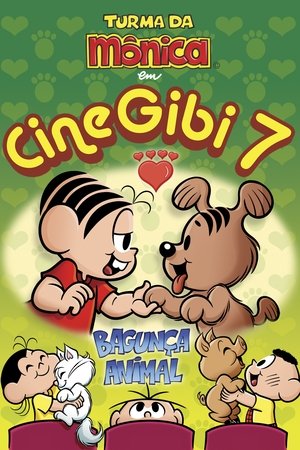 7.0
7.0Cine Gibi 7: Bagunça Animal(pt)
Trying to escape his bath, Monicão ends up hiding in the movie theater. Mônica can't find her pet in the dark, so she asks Franjinha to play some short films that might lure the dog out of hiding.
Similar Movies
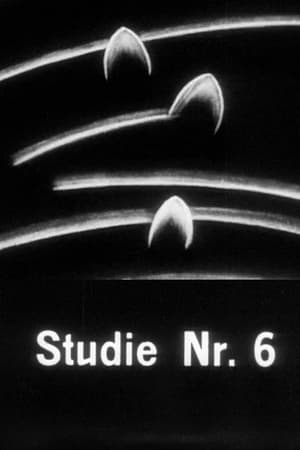 6.4
6.4Study No. 6(xx)
The first Studies were synchronized with records (Fischinger made a total of 13 Studies all without sound). It was only with the introduction of sound, beginning with Study No 6 that the films did full justice to this musical principle. The play of the white lines, the arcs, and the upside-down U’s running hither and thither like ballet dancers was brought into perfect synchronization with the music, and thus the films offered an abstract illustration of the melodies. Study No 6 is certainly the best of his films in terms of forms. - Hans Scheugl and Ernst Schmidt, Jr. Preserved by the Academy Film Archive in 2001.
 7.9
7.9Pather Panchali(bn)
A depiction of the life of an impoverished early twentieth century rural Bengali family.
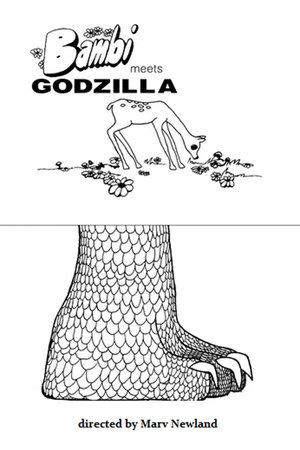 6.4
6.4Bambi Meets Godzilla(en)
Bambi is nibbling the grass, unaware of the upcoming encounter with Godzilla. Who will win when they finally meet? Preserved by the Academy Film Archive in 2009.
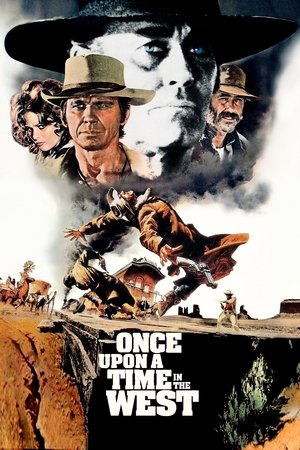 8.3
8.3Once Upon a Time in the West(it)
As the railroad builders advance unstoppably through the Arizona desert on their way to the sea, Jill arrives in the small town of Flagstone with the intention of starting a new life.
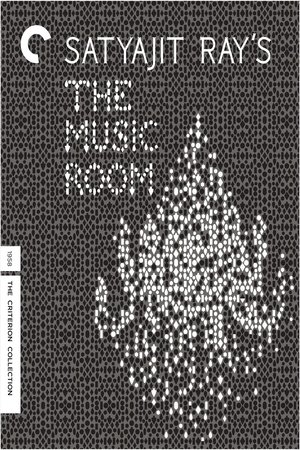 7.5
7.5The Music Room(bn)
An aging, decadent landlord’s passion for music becomes the undoing of his legacy as he sacrifices his wealth in order to compete with the opulent music room of his younger, richer neighbour.
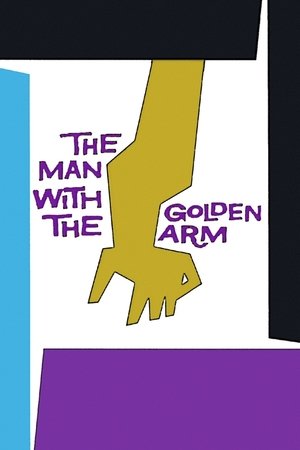 7.2
7.2The Man with the Golden Arm(en)
When illegal card dealer and recovering heroin addict Frankie Machine gets out of prison, he decides to straighten up. Armed with nothing but an old drum set, Frankie tries to get honest work as a drummer. But when his former employer and his old drug dealer re-enter his life, Frankie finds it hard to stay clean and eventually finds himself succumbing to his old habits.
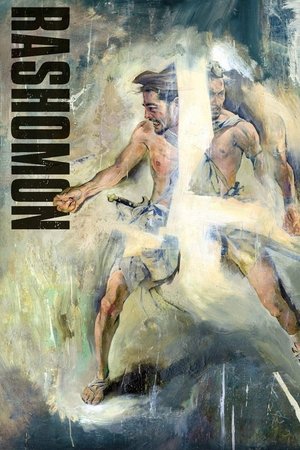 8.1
8.1Rashomon(ja)
Four people recount different versions of the story of a man's murder and the rape of his wife.
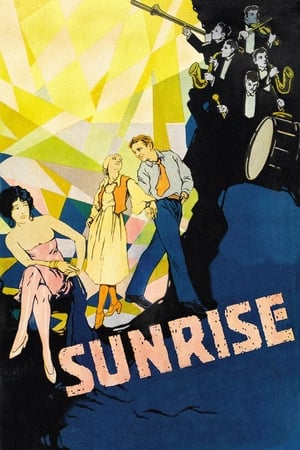 7.8
7.8Sunrise: A Song of Two Humans(en)
A married farmer falls under the spell of a slatternly woman from the city, who tries to convince him to drown his wife.
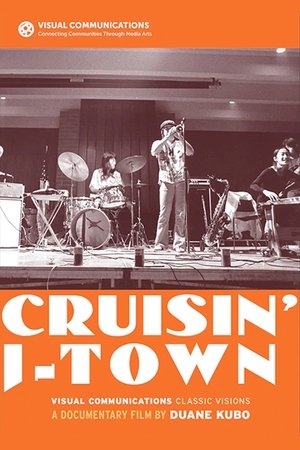 0.0
0.0Cruisin' J-Town(en)
Celebrates the music and influences of contemporary Asian American culture on Dan Kuramoto, June Okida Kuramoto, and Johnny Mori — three musicians who make up the core of the jazz fusion band Hiroshima. Preserved by the Academy Film Archive in partnership with Visual Communications in 2011.
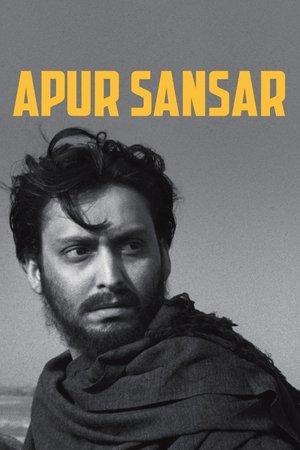 8.1
8.1Apur Sansar(bn)
Apu, now a jobless ex-student dreaming vaguely of a future as a writer, is invited to join an old college friend on a trip up-country to a village wedding.
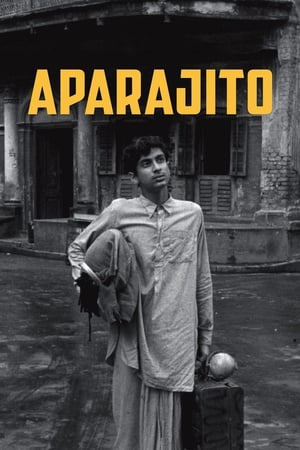 7.9
7.9Aparajito(bn)
Apu and his family have moved away from the country to live in the bustling holy city of Benares. As he progresses from wide-eyed child to intellectually curious teenager, eventually studying in Kolkata, we witness his academic and moral education, as well as the growing complexity of his relationship with his mother.
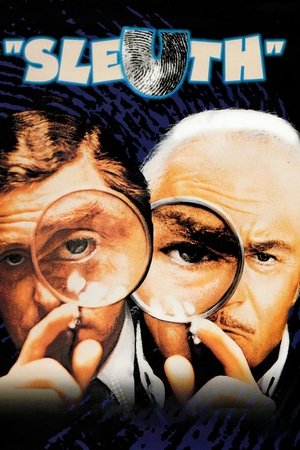 7.7
7.7Sleuth(en)
A man who loves games and theater invites his wife's lover to meet him, setting up a battle of wits with potentially deadly results.
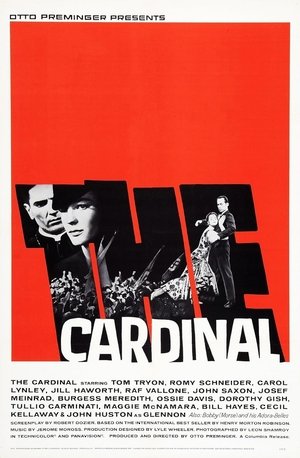 6.5
6.5The Cardinal(en)
A young Catholic priest from Boston confronts bigotry, Nazism, and his own personal conflicts as he rises to the office of cardinal.
Screen Actors(en)
This short film takes a look at the off-screen personas of screen actors. Preserved by the Academy Film Archive in 2012.
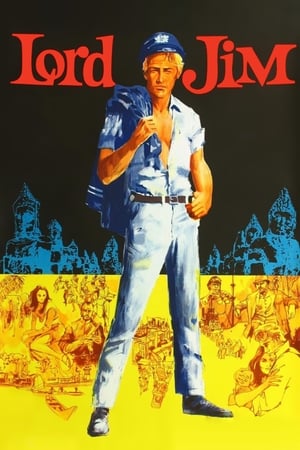 6.8
6.8Lord Jim(en)
After being discredited as a coward, a 19th century seaman lives for only one purpose: to redeem himself. Preserved by the Academy Film Archive in partnership with Sony Pictures Entertainment in 2000.
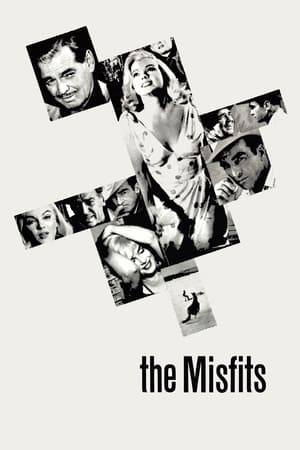 6.9
6.9The Misfits(en)
While filing for a divorce, beautiful ex-stripper Roslyn Taber ends up meeting aging cowboy-turned-gambler Gay Langland and former World War II aviator Guido Racanelli. The two men instantly become infatuated with Roslyn and, on a whim, the three decide to move into Guido's half-finished desert home together. When grizzled ex-rodeo rider Perce Howland arrives, the unlikely foursome strike up a business capturing wild horses.
 7.5
7.5Patton(en)
"Patton" tells the tale of General George S. Patton, famous tank commander of World War II. The film begins with Patton's career in North Africa and progresses through the invasion of Germany and the fall of the Third Reich. Side plots also speak of Patton's numerous faults such his temper and habit towards insubordination.
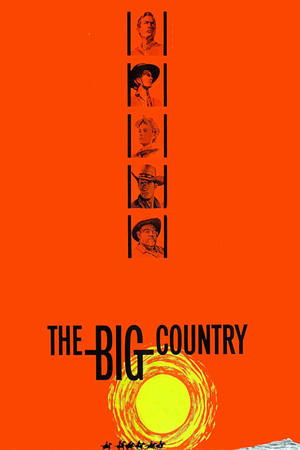 7.6
7.6The Big Country(en)
Retired wealthy sea captain Jim McKay arrives in the Old West, where he becomes embroiled in a feud between his future father-in-law, Major Terrill, and the rough and lawless Hannasseys over a valuable patch of land.
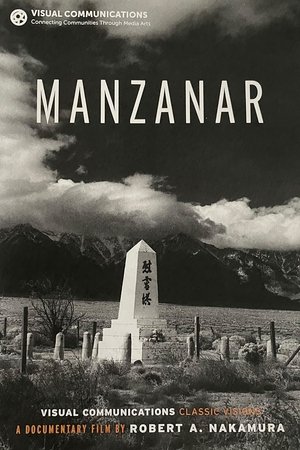 0.0
0.0Manzanar(en)
Short film about the Manzanar Japanese American internment camp. Preserved by the Academy Film Archive in 2011.
 0.0
0.0Wong Singsaang(en)
Short film produced by Visual Communications, the United States first Asian American film production company. Preserved by the Academy Film Archive in 2012.